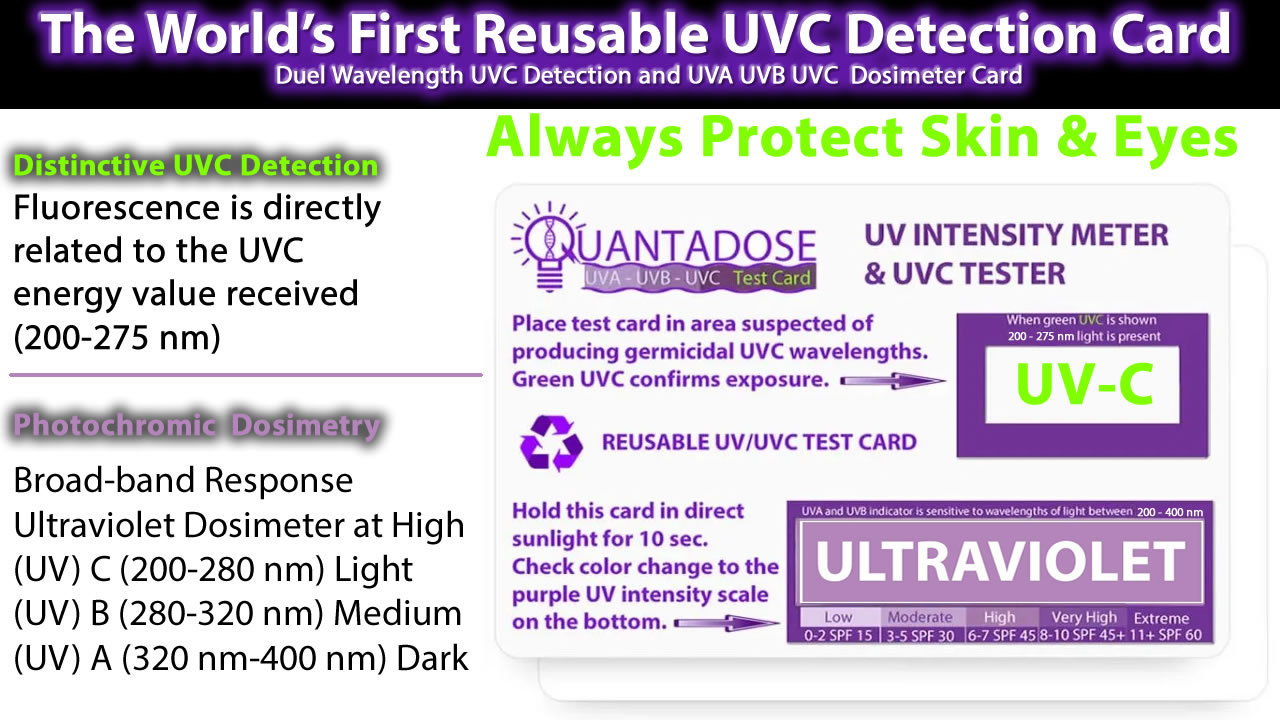The QuantaDose™ UVC test card is an amazing new credit card size innovation that brings what you can’t see (Germicidal Electromagnetic Radiation) to light!
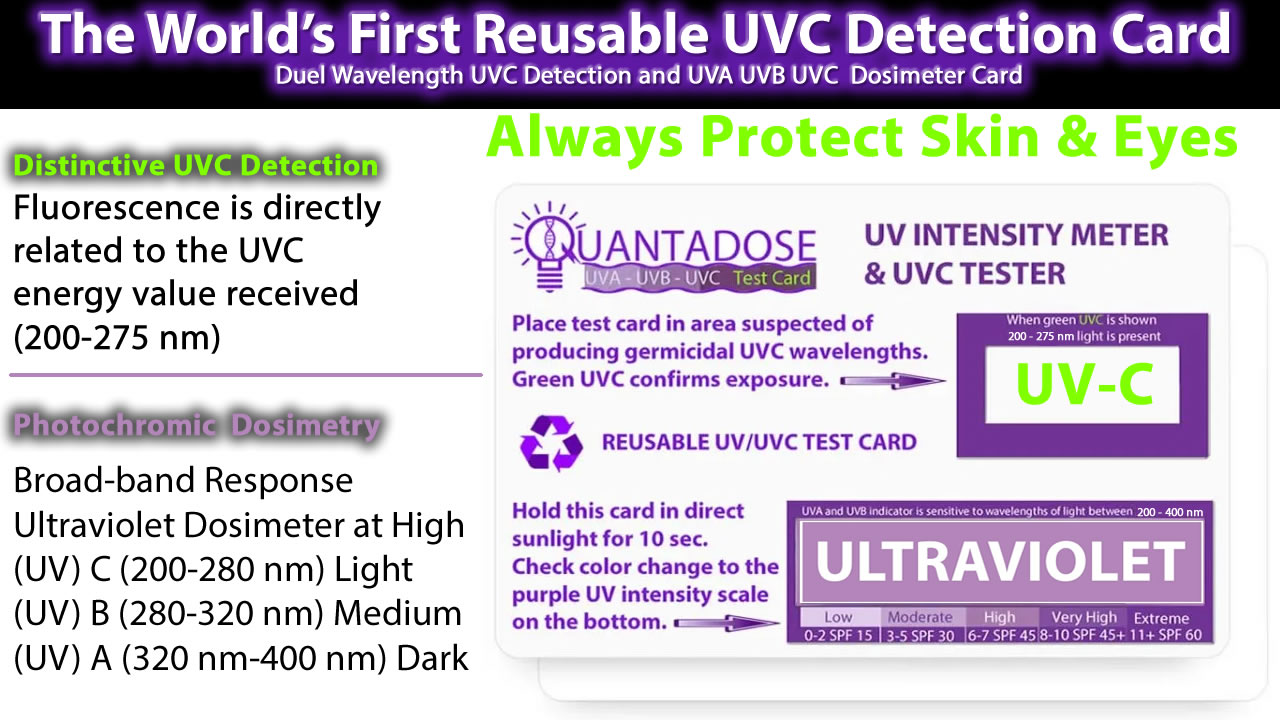
For over 20 years RF Safe has been uncovering how exposure to man-made electromagnetic radiation in the microwave spectrum has had a profound impact on human health and RF Safe is now engaging in the same mission for UVC and Far-UVC light starting with specialized UV dosimeters.
RF Safe is proud to support QuantaDose™ for being the world’s first to put UVC light into a reusable visual perspective for everyday consumers of over the counter commercially available germicidal products that have flooded the market since the pandemic began! Many of these UVC LED products have no germicidal function at all which leaves consumers at much greater risk.
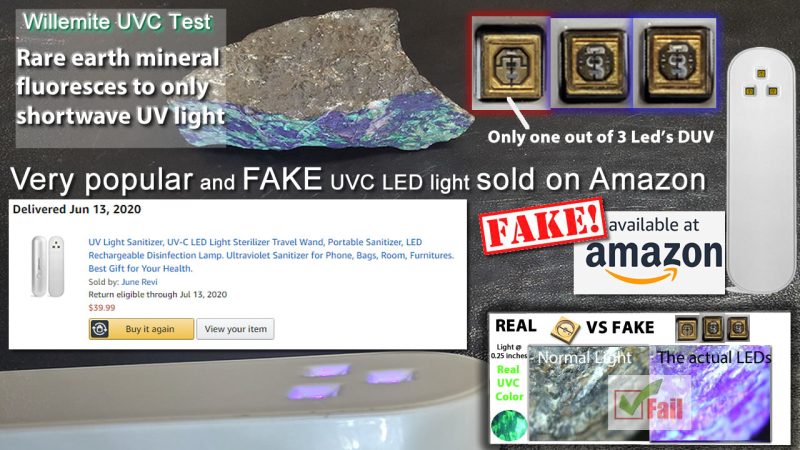
RF Safe is world-renowned for their best-approach culture of risk assessment research through-out development of EMR risk mitigation strategies through innovation and the highest quality designs for personal photon management to help consumers mitigate risk from unhealthy electromagnetic exposure.
Accredited for the best RF Safety design principles in the RF safety industry, and providing decades of informational data for consumers to make healthy choices when using extremely helpful technology, such as our smartphones and a wireless internet-of-things. RF Safe has played a substantial roll in balancing the risk to reward relationship when utilizing the benefits of wireless communications over that of the potential health risk.
RF Safe along with a consortium of other companies are combining scientific and engineering knowledge to find solutions for a new found need to balance the risk to reward relationship of regular UVC light usage as a pandemic countermeasure.
RF Safe has had Ultraviolet (UV) radiation in it’s sights for years because it too is a form of electromagnetic radiation very similar to microwave radiation. The only difference is simply a higher frequency and shorter wavelength that most of us know very well because it causes those harmful sun’s rays that lead to skin cancer from common UV wavelengths that can make it to earth’s surface.
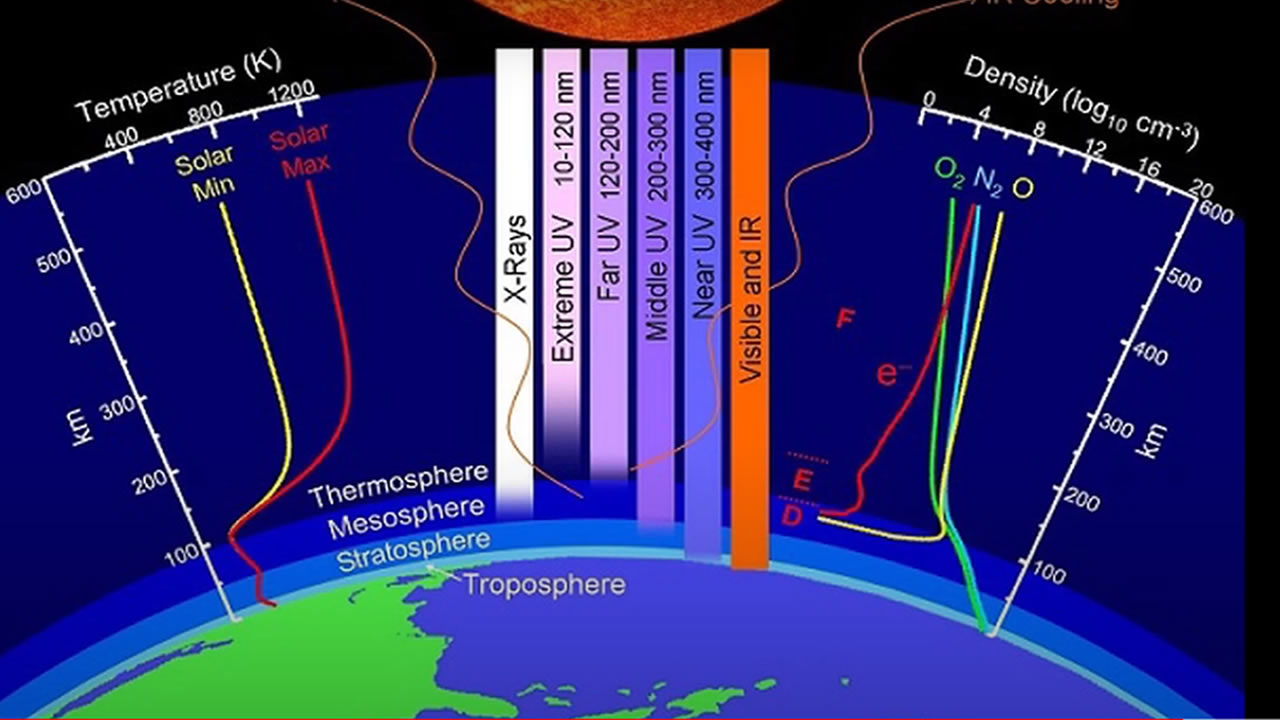
What naturally makes it to earth is important to know these days because the UV waves with the highest energy, and shortest wavelengths, and in most cases the most dangerous to human health normally are not naturally present on the surface of earth.
UVC rays can be very harmful! Globally there is a huge surge in UVC light manufacturing, resellers and consumer usage so it is very important to remember that UVC is capable of badly burning the eyes in seconds even though it is widely being used as a germicidal pandemic countermeasure.
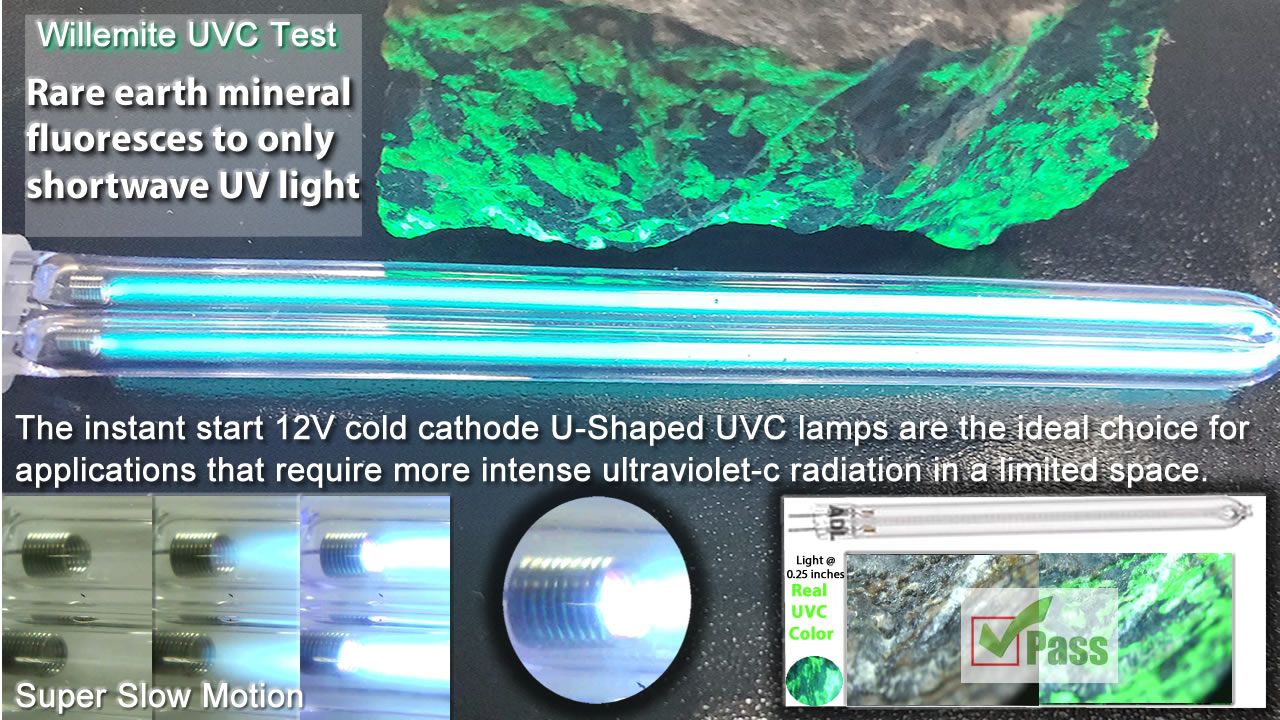
UV light waves and radio-waves are all part of the electromagnetic spectrum and like microwave radiation from your smartphone you can not see or smell UV light yet exposure can have disastrous effects to one’s health, and it is for this reason the same ALARA – As Low As Reasonably Achievable principles should always be followed when using UVC germicidal light for disinfection and sterilization.
RF Safe present the QuantaDose™ photochromic UVC measurement card for modes of operation that serve as the basis for a miniature, low-cost, and battery-free device for generalized UV dosimetry indicative for multiple wavelengths.
Most solar UVB is filtered by the atmosphere. The amount of UVB ultraviolet radiation that does reach our body penetrates into the epidermis and photolyzes provitamin D3 to previtamin D3 which is a very important natural defense countermeasure against viral respiratory complications. The relatively long-wavelength of UV-A accounts for approximately 95 percent of the UV radiation reaching the Earth’s surface. It can penetrate into the deeper layers of the skin and is responsible for the immediate tanning effect.
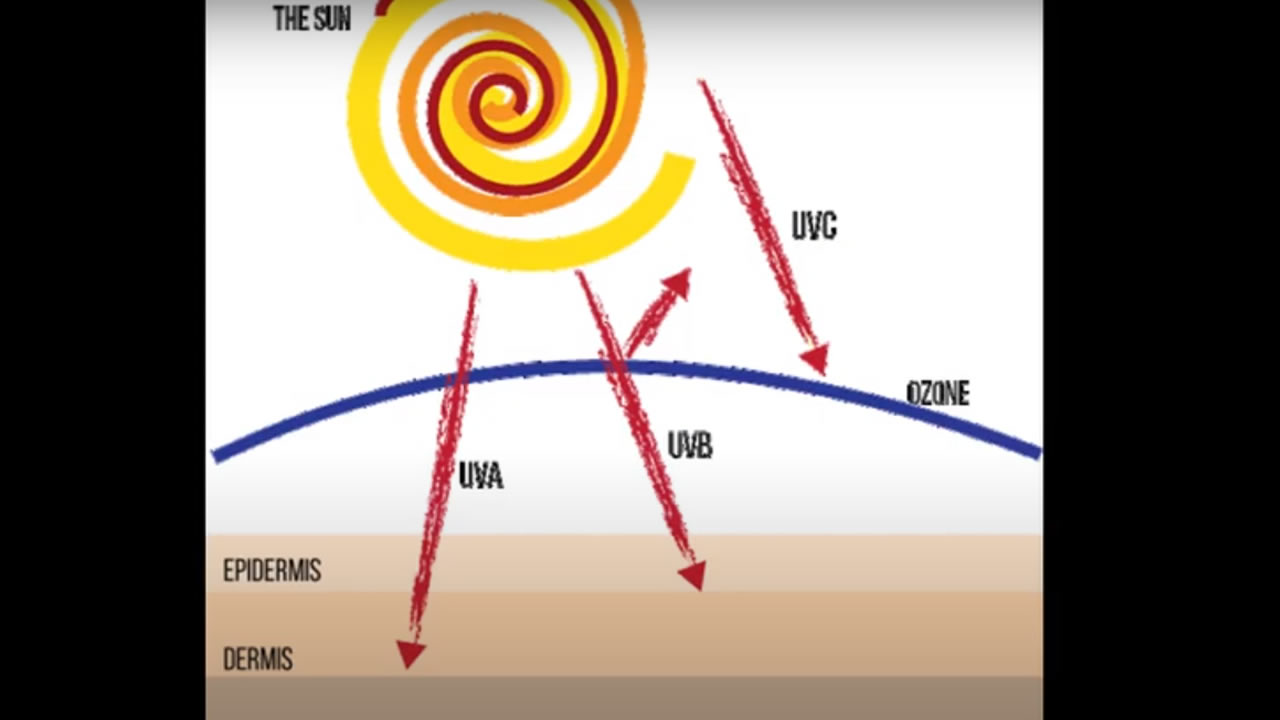
UVB (280 to 315 nm) and UVA (315 to 400 nm) are the most relevant spectral ranges in the solar UV spectrum. Although both UVB and UVA are carcinogenic and contribute to skin aging, UVB is 1000 times more erythrogenic, with distinct biological effects to the skin compared to UVA irradiation, and UVC is on an order of magnitude more intense than UVA causing nearly instant biological effects to eyes and skin, suggesting the need for differentiation of irradiances across the UV long-wave and short-wave UVC radiation spectrum and this leads us to why QuantaDose™ was created.
Beyond long-wave UVB and UVA, the short-wave UVC spectrum does not occur naturally on the surface of the earth, however there are many man-made sources of UVC and thousands of devices that are commonly used for UVC sterilization of air and to disinfect surfaces in healthcare settings.
These collective effects of UV exposure motivate the need for reusable photochromic technologies that enable the precise quantification of UV exposure not only broadly across the natural UV range but also with wavelength-specific photochromic resolution that extends detection to UVC germicidal wavelengths for everyday consumers at an actionable level to distinguish between man-made UV light capable of optimal germicidal function and natural UV light or sub-par to non-germicidal wavelengths.
Current approaches to individualized photochromic monitoring focus only on outdoor UV, typically including both UVA and UVB in a single combined UV test strip.
Most conventional, battery-powered electronic UV light meters facilitate digital UV light data using photo-detectors and memory modules, where collective costs can be excessive. QuantaDose™ UV test cards offer an alternative that addresses some of these deficiencies, as recent research conducted by QuantaDose™ demonstrated capabilities in quantitative, continuous exposure monitoring using thin, skin-like patches that incorporate colorimetric chemical reagents for UV dosimetry able to revolutionize credit card size UV diagnostic measurement tools.
Although these systems overcome certain drawbacks of conventional digital UV and UVC light meters, their accuracy is limited by the colorimetric nature of the measurement. However in lieu of meters that cost several hundred to several thousands of dollars, the QuantaDose™ photochromic colorimetric analysis is a viable option for general UV and UVC assessment.
QuantaDose™ has quickly answered critical unmet need for a broadly adoptable, low-cost, miniaturized, and accurate system to enable informed protection from potentially hazardous UV at multiple UV wavelength bands capable of being accurate and easy enough to use for influencing healthy behavior concerning both indoor UVC and outdoor UVA/UVB UV exposure.
QuantaDose™ not only allows consumers to modulate their outdoor sun exposure based on individual activities, geographic locations, time of day and skin type. QuantaDose™ provides a special function in a period of global pandemic with a duel wavelength UV/UVC detection card that can enable informed decisions on outdoor sun-protective behaviors specific to an individual and also collect analytical data on their indoor microenvironment for UVC germicidal safety.
QuantaDose™ UVC test card contains a broad-band response ultraviolet dosimeter (UV) C (200-280 nm) (UV) B (280-320 nm) and A (320 nm-400 nm)
Just as the are good UVC lights and bad ones, same goes for UVC test cards!
Here’s an example of a misleading UVC light test card! Don’t fall victim to a fake UVC tester card to test if you bought a fake UVC LED light!
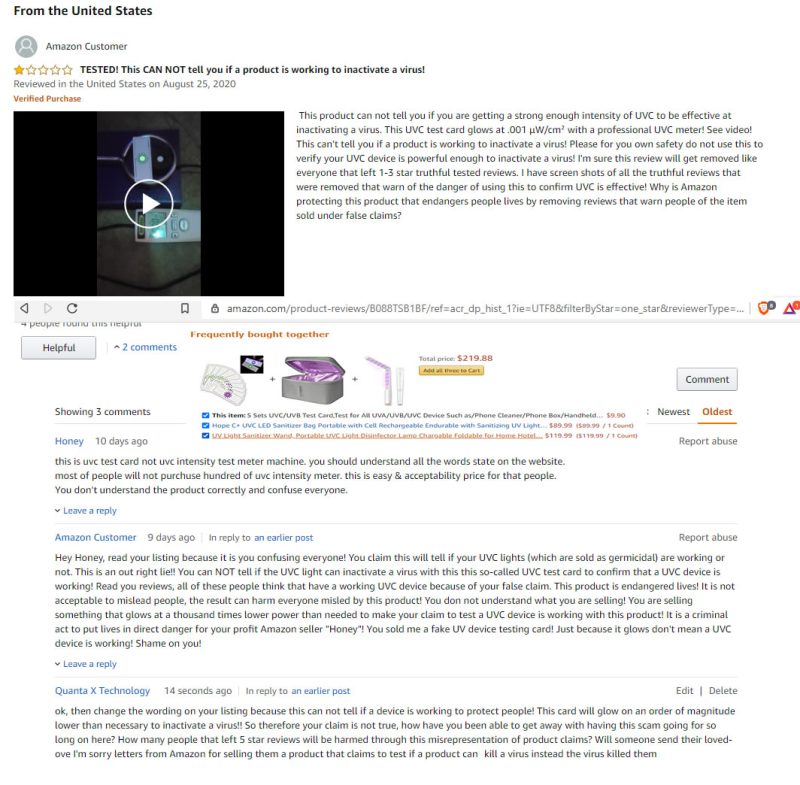
Ultraviolet UV Sensor Cards, UV Detection Card, UVC Detection Card
Tags: Photochromic UVC Measurement Test Card, UV Detection Sensor, UV Germicidal Test Strips, UV-C Test Card, uvc detection card, UVC Detector, UVC Dosimeter Cards, UVC Dosimeter Strips, UVC Indicator Card, UVC Indicator Strip, UVC Intensity Labels, UVC Light Test Strips, UVC Reactive Strips, UVC Test Kit, UVC Test Strips, UVC Visualizer Strips

